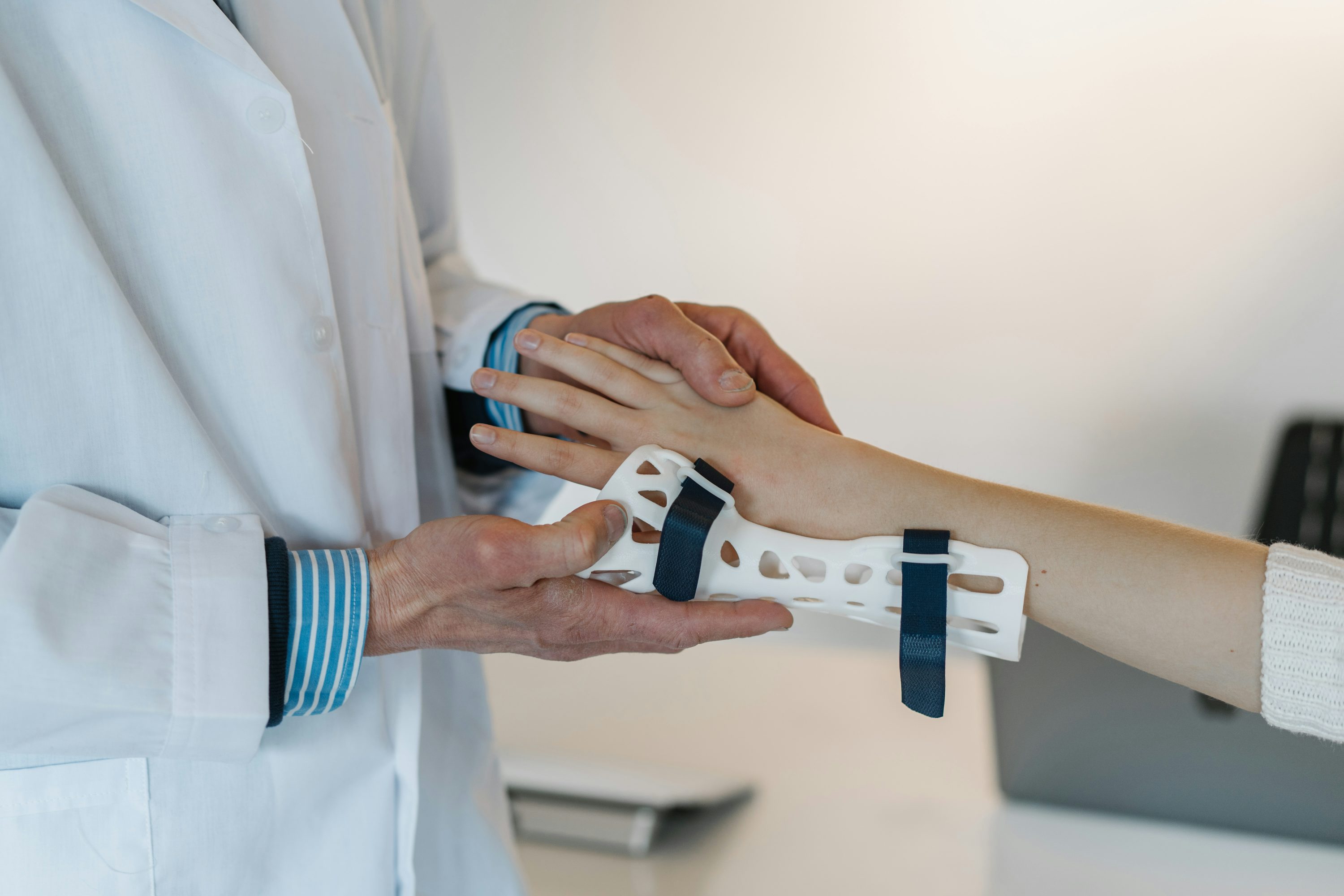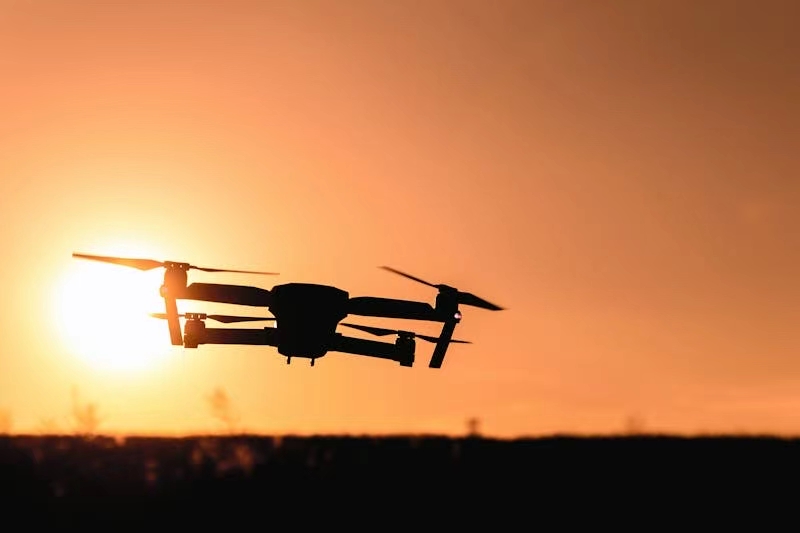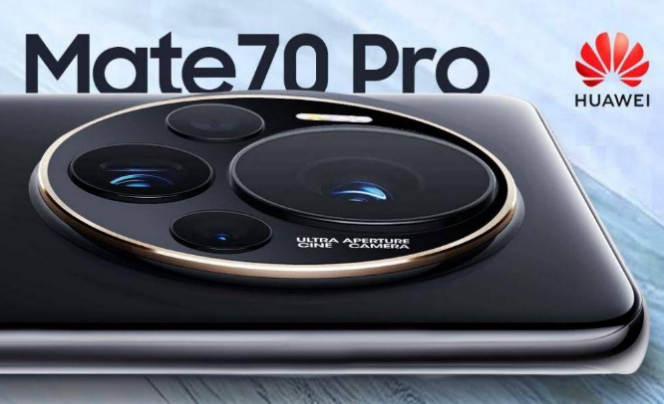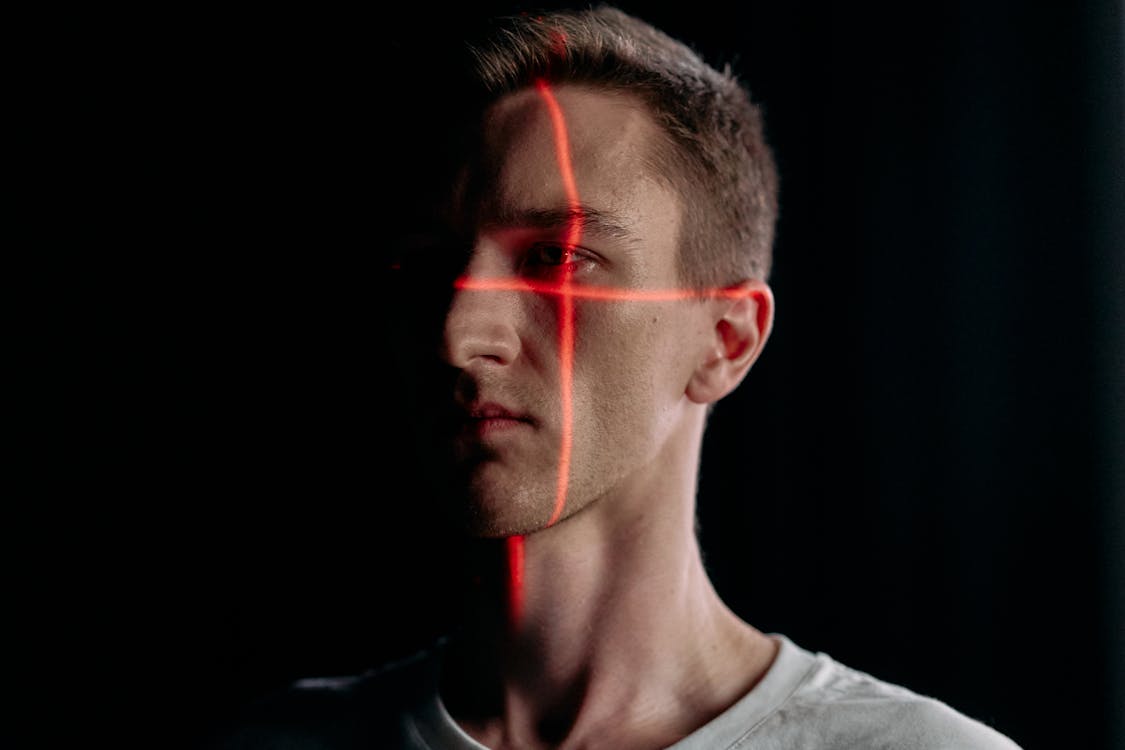Apple Vision Pro's Next Leap: Intuitive Eye-Tracked Scrolling in visionOS 3
Apple is reportedly preparing a significant enhancement for its Vision Pro headset, potentially transforming how users navigate content. Sources indicate that the company is testing a new feature for visionOS 3 that would allow users to scroll through applications and web pages using only their eyes. This development, reported by Bloomberg's Mark Gurman, suggests a clear strategic move towards a more seamless, intuitive, and less physically demanding interaction paradigm in the evolving field of spatial computing. It highlights Apple's focus on refining fundamental interactions to enhance user comfort and efficiency over extended periods of use.
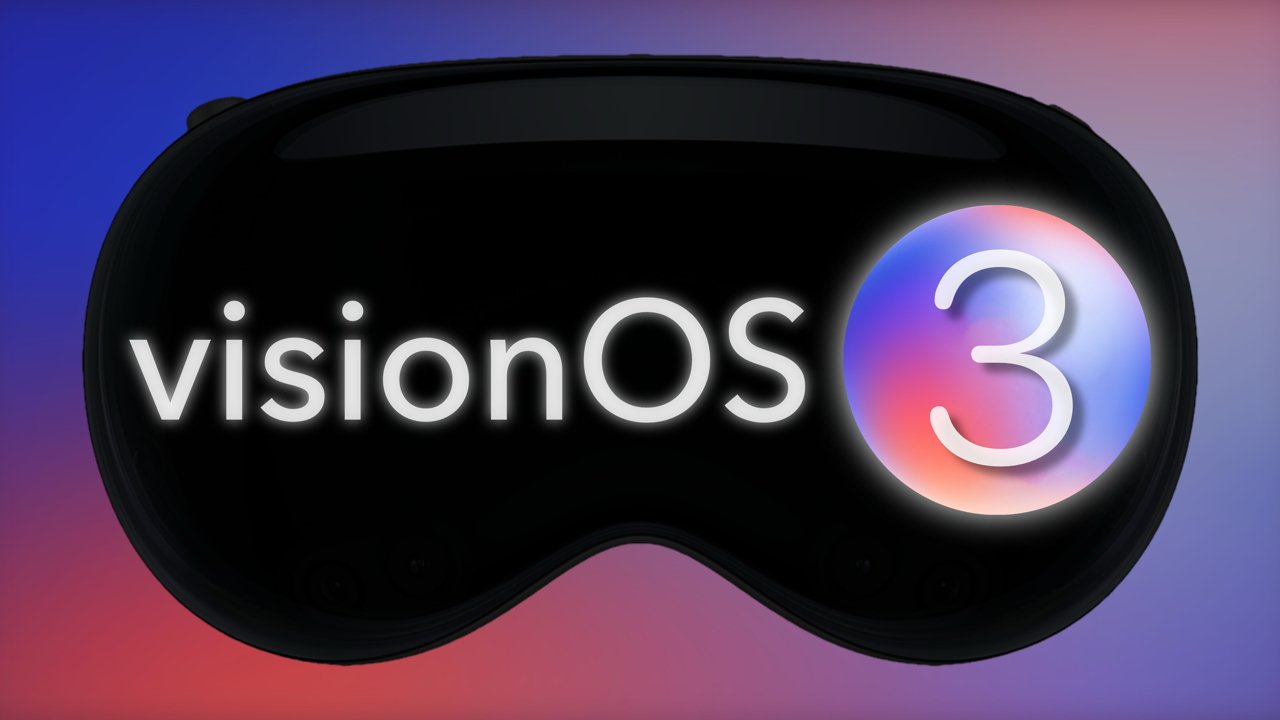
The Vision Pro already utilizes its sophisticated eye-tracking system extensively, which is powered by multiple built-in cameras. The primary method of interacting with visionOS involves users gazing at an item or interface element they want to interact with, followed by a simple hand gesture, typically a pinch, to select it. Eye-based scrolling is therefore not a wholly new concept but is viewed internally as a "natural extension" of this established gaze-plus-gesture interaction model. This leverages the headset's core capability to accurately track where the user is looking. Apple is not new to using eye tracking; they have previously implemented similar capabilities in accessibility features on iOS devices like iPhones and iPads, allowing users to control an on-screen pointer with their gaze and focus to perform actions. This history suggests a foundation of experience in the technology.
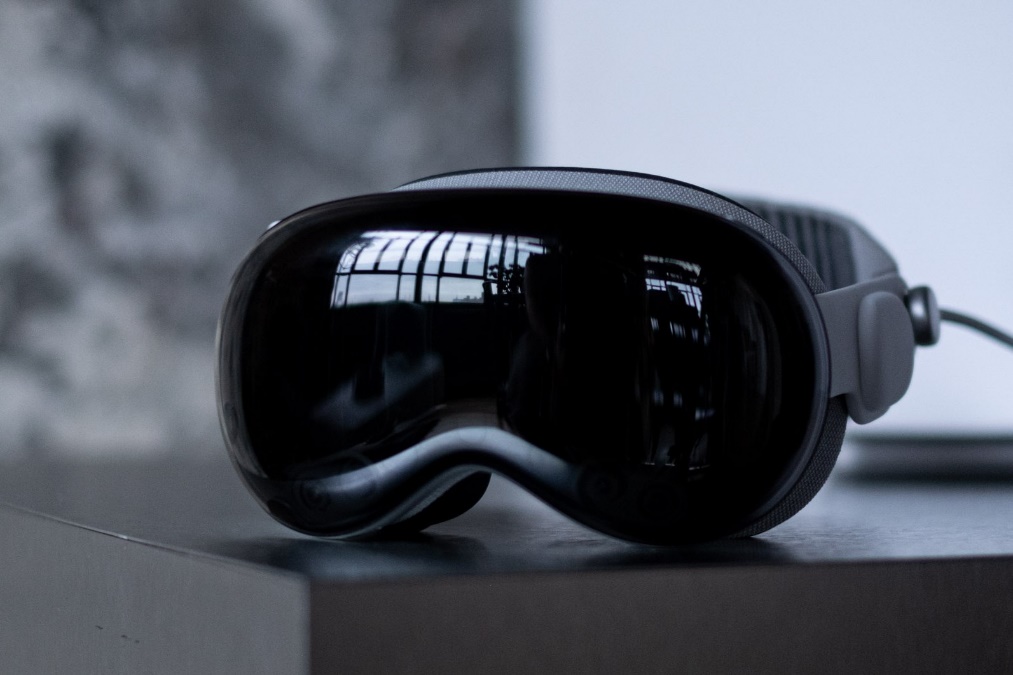
The exact mechanics of how the new eye-tracked scrolling will function remain somewhat undisclosed, adding an element of anticipation. Gurman speculates that methods could involve looking at the very edge of a scrollable area for a certain duration to trigger movement, or focusing on a specific UI element and then shifting gaze above or below it to control the scrolling direction and speed. Regardless of the precise method, this is expected to be a significant improvement over existing less fluid options. For instance, the current Dwell Control accessibility feature allows a form of eye-based action by gazing at icons, but its scrolling implementation is described as "clunky". The standard scrolling methods currently rely on physical actions: the familiar pinch-and-move hand gesture, connecting a Bluetooth mouse, or using the analog stick on a wireless game controller. The promise of effortless, purely eye-driven scrolling represents a leap forward in natural interaction, minimizing hand fatigue during reading or browsing. Apple's strategy includes bringing this feature to all its native Vision Pro applications and actively developing necessary APIs to allow third-party developers to seamlessly integrate eye-based scrolling into their own experiences. This commitment to developer support is crucial for widespread adoption and creating a consistent user experience across the platform.
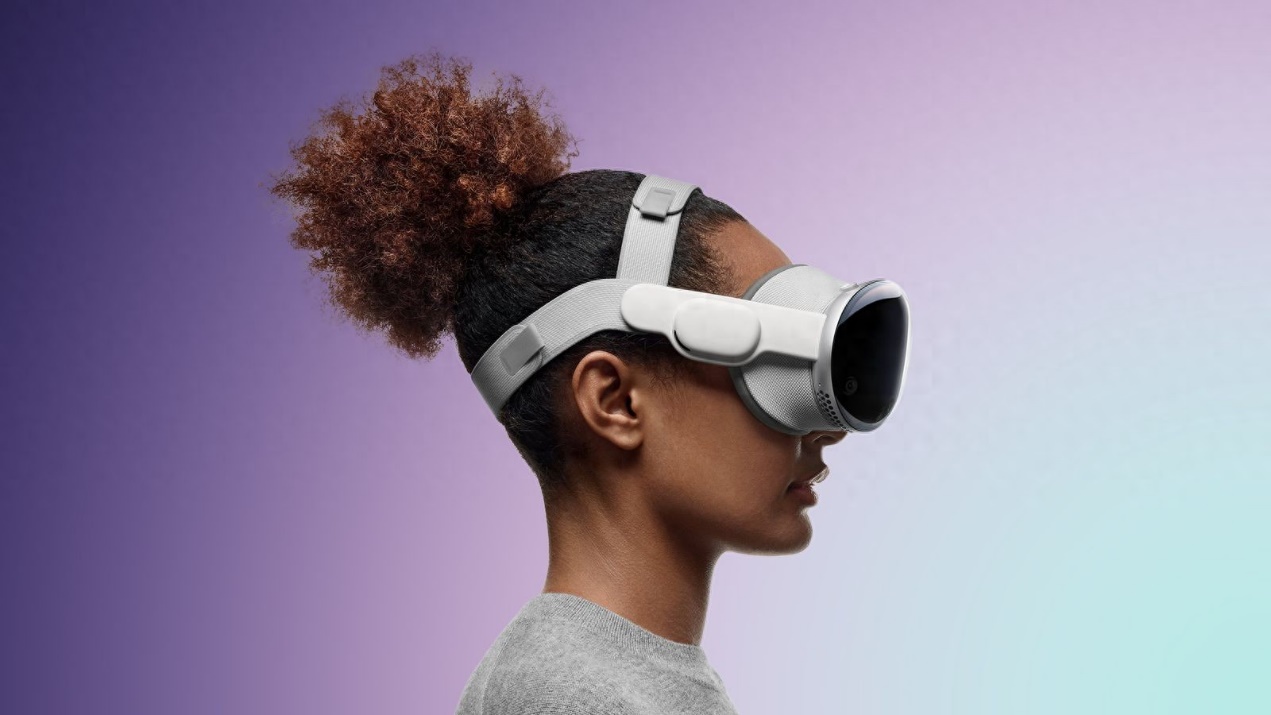
This feature is not just an isolated tweak but is part of a broader, "pretty feature-packed release" expected with visionOS 3. This major software update is highly anticipated and is set to be unveiled at Apple's upcoming Worldwide Developer Conference (WWDC), which commences on Monday, June 9th. The strategic importance of eye-tracked scrolling lies in Apple's continuous effort to make spatial computing interfaces more intuitive and less reliant on learned gestures or external peripherals for fundamental tasks. By enabling effortless navigation of content streams, Apple makes the Vision Pro more user-friendly for prolonged periods of engagement, potentially broadening its appeal and utility. This enhancement refines the core user interface, addressing a common interaction need with a solution uniquely suited to the Vision Pro's hardware capabilities. It positions the Vision Pro as a leader in developing natural, low-effort interaction models in the nascent spatial computing market. For developers, the new APIs represent an opportunity to build more immersive and less physically demanding applications, further enriching the visionOS ecosystem.
As spatial computing evolves, refining fundamental interactions like scrolling is critical. Eye-tracked scrolling represents a significant step towards making the technology feel more innate and less taxing than current methods. As we look towards WWDC on June 9th, anticipation is high for Apple to formally detail this and other features within visionOS 3, potentially setting a new benchmark for intuitive navigation in the spatial computing era. This refinement of core interaction could be key to unlocking the full potential of the Vision Pro for a wider audience.
(Writer:Tick)
